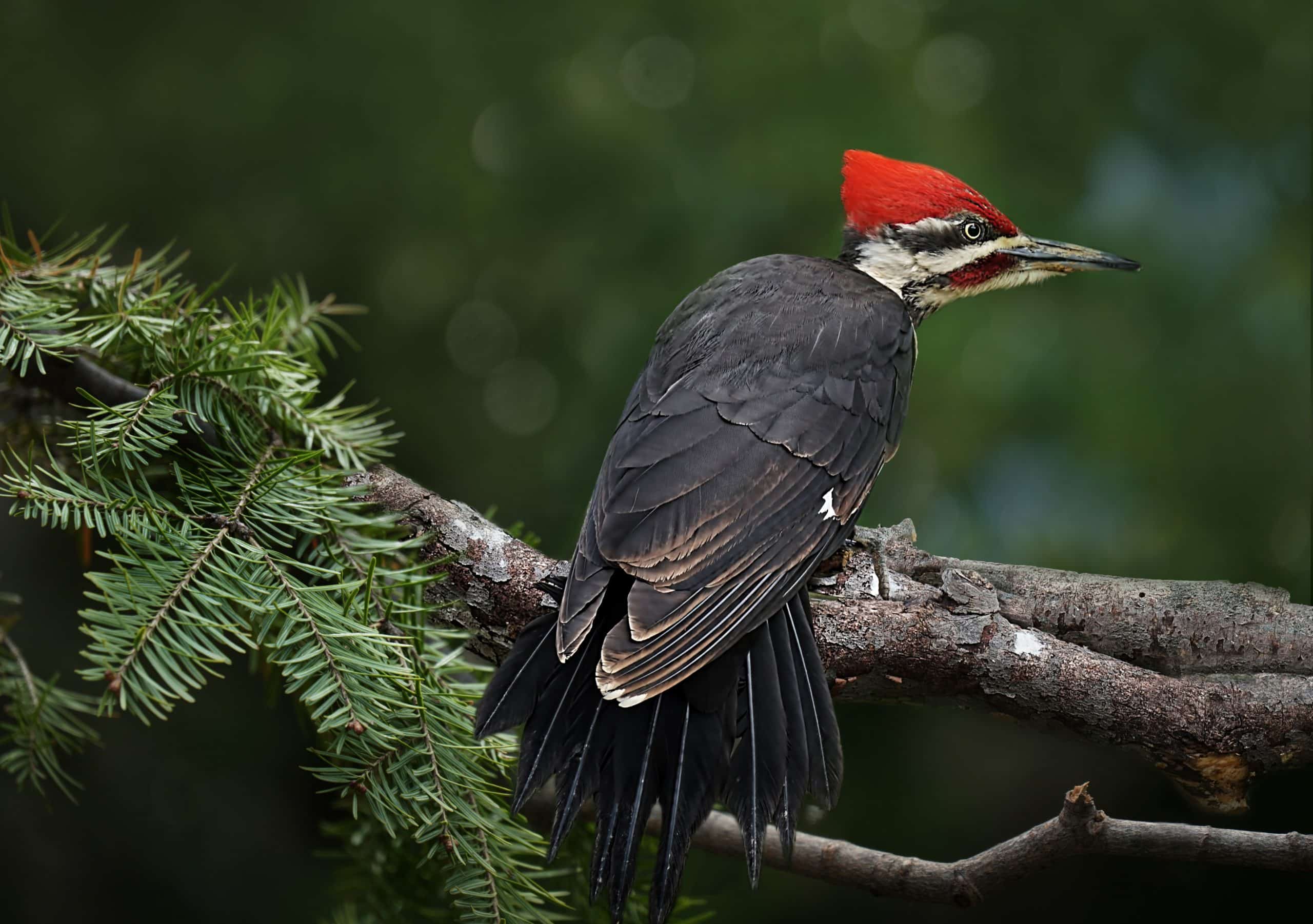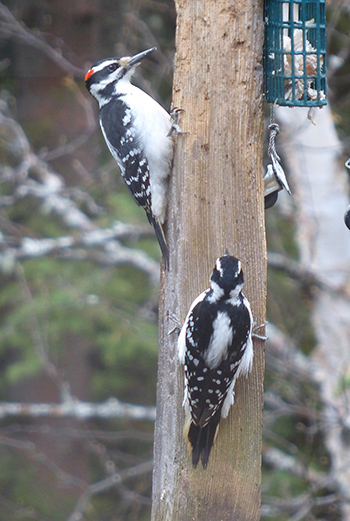Understanding Woodpeckers in Florida: Actions, Variety, and Habitats
Understanding Woodpeckers in Florida: Actions, Variety, and Habitats
Blog Article
Revealing the Tricks of Woodpeckers: Actions, Habitat, and Much More
Woodpeckers, with their one-of-a-kind habits and specialized adaptations, have actually long amazed scientists and nature fanatics alike. By discovering the secrets surrounding woodpeckers' habits and habitat selections, a deeper understanding of these bird marvels arises, supplying a glance into their remarkable world.
Woodpecker Behavior Insights
In examining woodpecker behavior, a fascinating display of specialized skills and adjustments arises, shedding light on their exceptional ecological specific niche. Woodpeckers, understood for their distinctive drumming on trees, have a selection of behavioral traits that contribute to their survival and success in their setting.
In addition, woodpeckers exhibit a special feeding behavior identified by their capability to remove insects from tree bark using their specialized beaks. Their lengthy, barbed tongues aid in recording prey, while their solid neck muscle mass provide security and accuracy throughout pecking motions. This feeding approach enables woodpeckers to gain access to covert insect larvae and extract them with remarkable efficiency.
Habitat Preferences and Option
What variables influence the environment choices and option of woodpeckers? Woodpeckers are very versatile birds recognized to occupy numerous atmospheres worldwide. Nevertheless, they do show preferences for sure habitat attributes. One essential factor affecting woodpecker habitat selection is the schedule of suitable nesting sites. Woodpeckers generally prefer woodlands with a mix of fully grown trees that provide adequate opportunities for dental caries excavation. These tooth cavities offer as critical nesting and roosting websites for woodpeckers and are important for their breeding success.
Furthermore, woodpeckers reveal a preference for habitats with a bountiful supply of food sources. They are mostly insectivorous, preying on beetles, ants, larvae, and various other pests discovered in rotting wood or tree bark. Woodpeckers often tend to favor woody areas with a diverse insect populace to satisfy their nutritional needs.
Additionally, the presence of dead or rotting trees is another essential factor in woodpecker environment selection. These trees not only offer food sources yet likewise provide appropriate substrate for tooth cavity excavation. Dead trees are important for the upkeep of healthy woodpecker populaces, as they play a vital role in the woodpeckers' life cycle and environment dynamics.
Feeding Routines and Diet Structure
Woodpeckers demonstrate a specialized feeding actions concentrated on foraging for pests within various habitats. Their diet primarily is composed of insects such as beetles, ants, caterpillars, and crawlers, which they locate by touching on tree bark and listening for the noise of activity inside. Woodpeckers utilize their solid beaks to drill right into the timber and their lengthy, barbed tongues to draw out target from crevices. In enhancement to pests, woodpeckers also take in tree sap, fruits, nuts, and seeds, adding selection to their diet plan depending on the season and schedule of food resources.
The foraging strategies of woodpeckers are well-adapted to their arboreal way of living. Woodpeckers play an essential function in keeping the wellness of forests by regulating insect populations and assisting in the disintegration of wood.
Drumming Sounds and Communication
Utilizing quick drumming sounds on numerous surfaces, woodpeckers utilize a distinctive type of interaction to indicate territory limits and attract friends. This drumming behavior is not just a way of communication however likewise works as a way for woodpeckers to establish their visibility within a specific location. The strength, rate, and pattern of the drumming can convey crucial info to various other woodpeckers in the vicinity.
Woodpeckers use drumming audios to introduce their presence in a territory and to caution off prospective intruders. The loud and repeated nature of the drumming functions as a clear signal to other woodpeckers that the area is currently declared. This aids in reducing problems and reducing physical fights between people.

Survival Adaptations and Specialized Composition

Verdict
In final thought, woodpeckers exhibit one-of-a-kind actions, such as drumming noises for communication, and have actually specialized composition for survival in their selected habitats. Their feeding practices and diet make-up better show Continued their flexibility to numerous environments. By understanding these facets of woodpeckers, scientists and preservationists can much better safeguard and protect these remarkable birds and their communities.
Report this page